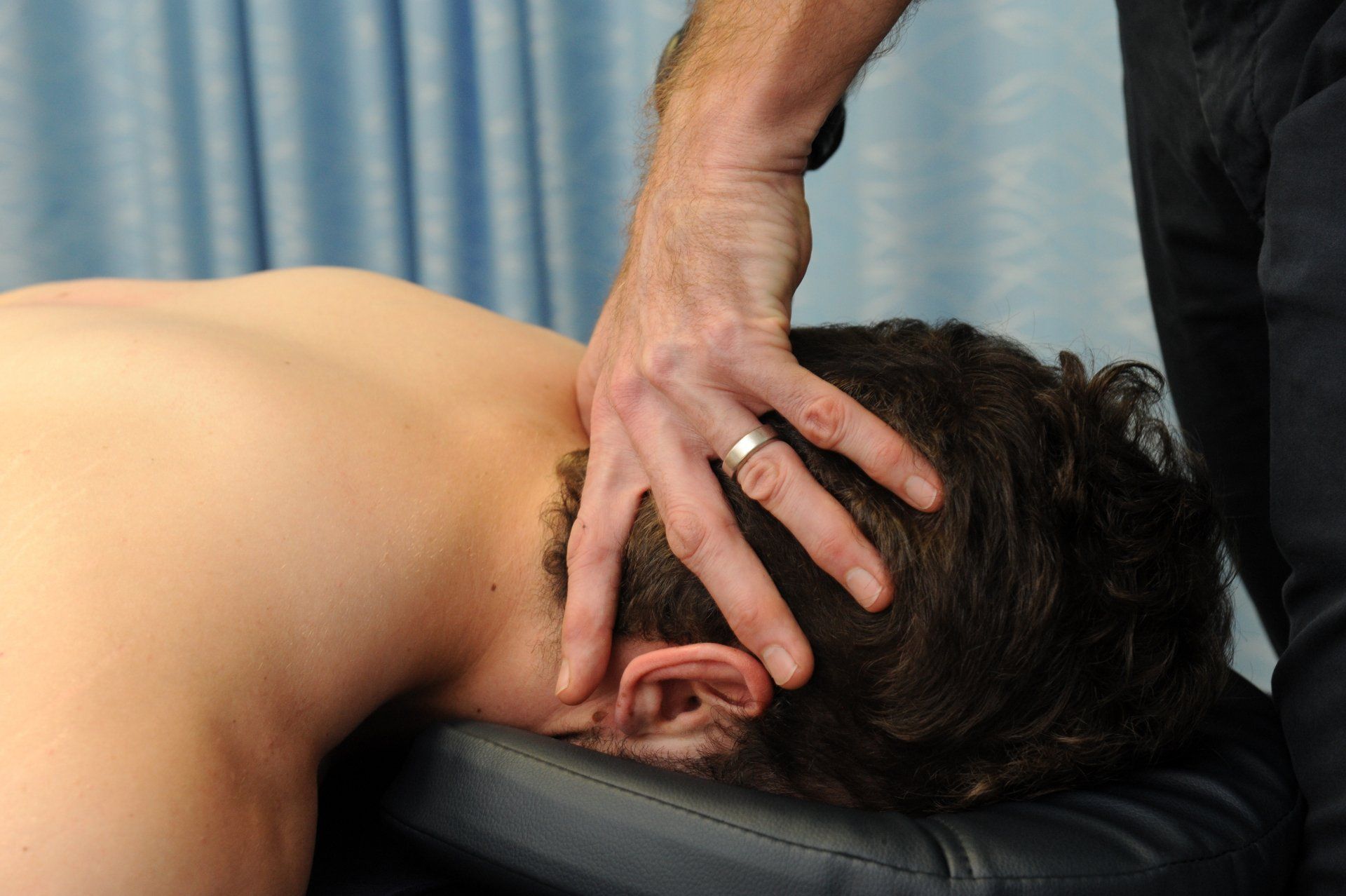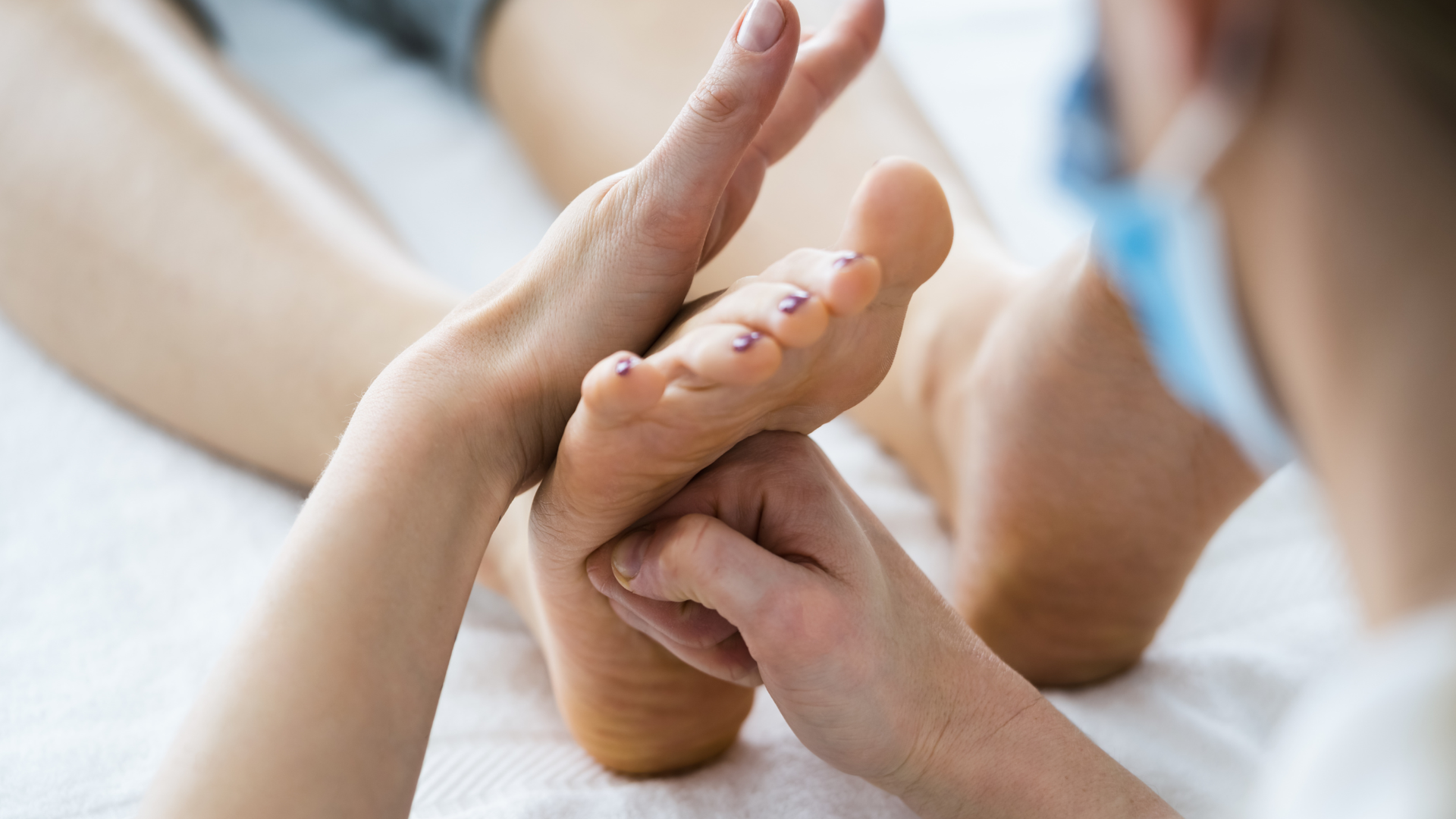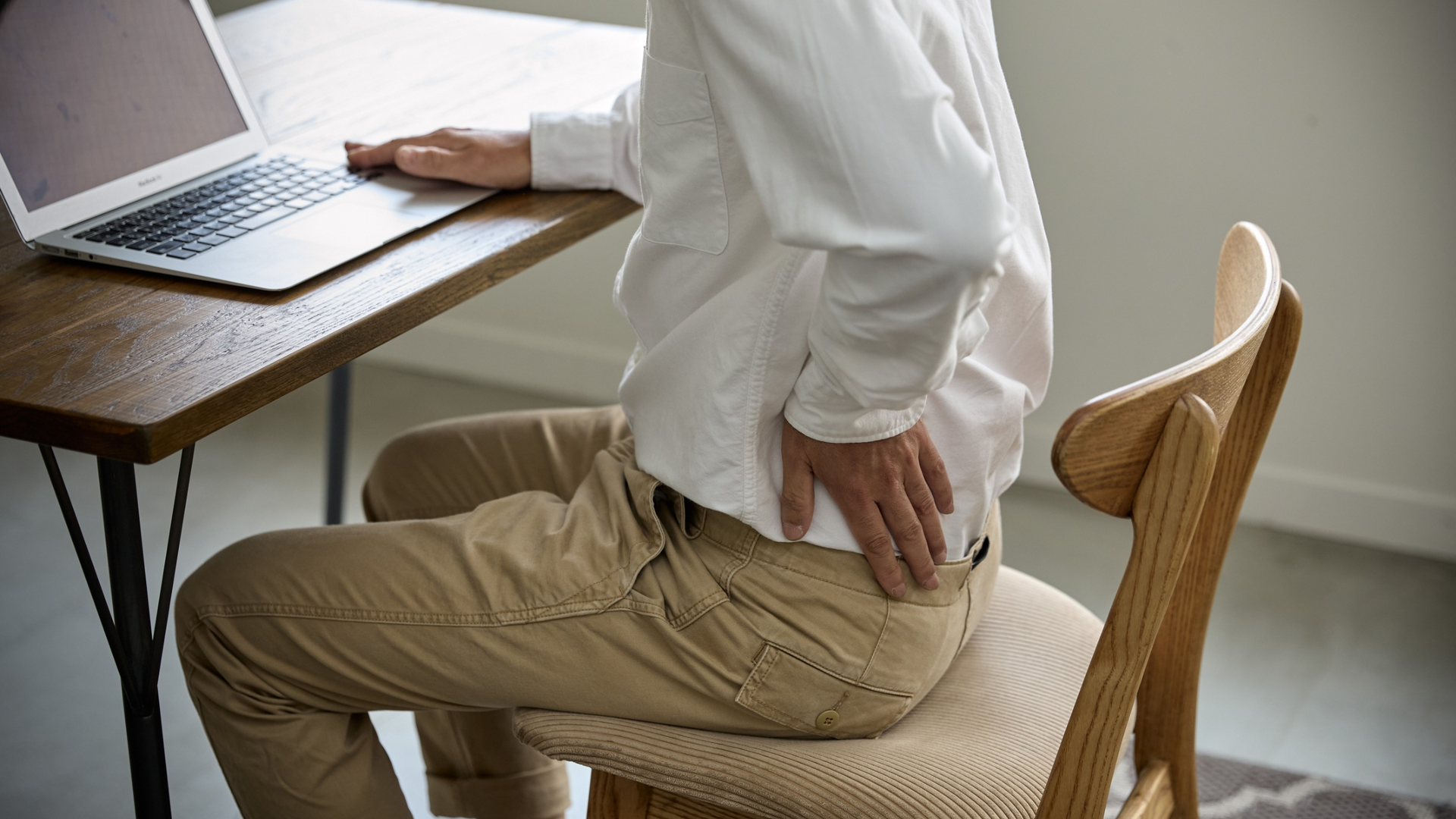Chronic Pelvic Pain and Endometriosis
Posterior elbow pain is a common symptom of bone stress injury.

Try these low impact exercises for mild pelvic pain.
Enter your details to receive your free guide now.
Chronic pelvic pain (CPP) is a persistent pain condition lasting at least six months, often associated with endometriosis, and significantly impairs quality of life and function. Endometriosis is a chronic, estrogen-dependent inflammatory disease characterized by endometrial-like tissue outside the uterus, with pain as the predominant symptom. Physiotherapy is increasingly recognized as a key component of multidisciplinary management for these patients.
Anatomy 101
The female pelvis contains reproductive, urinary, and digestive organs, supported by a complex musculoskeletal system. Key anatomical structures involved in chronic pelvic pain include the uterus, ovaries, fallopian tubes, bladder, rectum, and pelvic floor muscles.
Endometriosis occurs when endometrial-like tissue grows outside the uterus, commonly on the peritoneum, ovaries, or pelvic ligaments.
These implants bleed cyclically, causing inflammation, scarring, and adhesions. Over time, this can irritate peripheral nerves, contribute to myofascial trigger points, and disrupt pelvic biomechanics. The pelvic floor muscles often become hypertonic, leading to pain with intercourse, bladder urgency, or bowel dysfunction. Understanding both visceral and musculoskeletal contributors is essential for physiotherapists, who must integrate anatomical, neurological, and functional perspectives when assessing and treating women with chronic pelvic pain and endometriosis.
Who gets it?
Endometriosis affects approximately 1 in 9 women of reproductive age in Australia and an estimated 10% globally. It is commonly diagnosed in women aged 20–40 years but may present earlier in adolescence. Chronic pelvic pain, including pain from endometriosis, is a major contributor to reduced participation in work, education, and exercise.
Many women experience diagnostic delays, with symptoms often dismissed or attributed to “normal period pain.”
The high prevalence and impact highlight the need for timely diagnosis and a multidisciplinary management approach, with physiotherapy playing a central role.
Diagnosing Chronic Pelvic Pain and Endometriosis
Diagnosing endometriosis can be challenging due to the variability of symptoms and overlap with other pelvic pain conditions. Common symptoms include dysmenorrhea (painful periods), chronic pelvic pain, dyspareunia (painful intercourse), bowel or bladder pain, and infertility.
Clinical assessment should include a thorough history, pain mapping, and a musculoskeletal evaluation to assess pelvic floor function, posture, and movement patterns. On examination, physiotherapists may identify pelvic floor muscle overactivity, abdominal wall tension, or postural compensations that contribute to pain. While a definitive diagnosis of endometriosis requires laparoscopic surgery with histological confirmation, physiotherapists are often among the first health professionals to identify red flags or patterns of persistent pelvic pain. Collaborative referral to gynaecology and inclusion in a multidisciplinary care team ensures patients receive comprehensive support across medical, surgical, and conservative management pathways.
Do I need a scan?
Imaging is useful but not always definitive for endometriosis. Transvaginal or transabdominal ultrasound may detect ovarian endometriomas or deep infiltrating disease, but small peritoneal lesions are often missed. MRI can help map disease extent, particularly in complex cases involving bowel or bladder.
Importantly, normal imaging does not rule out endometriosis.
Physiotherapists should be aware of imaging limitations and focus on functional and musculoskeletal assessment, while encouraging referral for further investigation when symptoms are severe or unresponsive to conservative management. Imaging supports, but does not replace, clinical evaluation and multidisciplinary input.
Treatment
Effective treatment for chronic pelvic pain and endometriosis is multimodal, involving medical, surgical, and allied health input. For physiotherapists, understanding the complex interaction between musculoskeletal dysfunction, visceral pain, and central sensitisation is crucial in supporting effective management.
Endometriosis-related pain is not just limited to menstruation—it can impact bladder, bowel, and sexual function, as well as daily movement and exercise. Physiotherapy focuses on restoring pelvic floor and musculoskeletal function, improving movement, and reducing central sensitisation. Manual therapy, myofascial release, and down-training techniques can help reduce pelvic floor muscle overactivity. Education on pain science is crucial in reducing fear-avoidance behaviours and empowering women to re-engage with activity.
Exercise therapy, including gentle strengthening, stretching, and paced aerobic activity, supports improved mobility and pain modulation.
Adjunctive strategies include relaxation, mindfulness, and breathing exercises to regulate the autonomic nervous system. Physiotherapists also play a role in bladder and bowel retraining, sexual health rehabilitation, and lifestyle modification. Collaboration with gynaecologists (for hormonal or surgical interventions), psychologists (for coping and mental health), and dietitians (for gut health and inflammation) is often necessary. The goal is not only to reduce pain but to enhance participation, function, and quality of life.
How long’s it going to take?
The prognosis of chronic pelvic pain and endometriosis varies widely. Symptoms may persist for years, especially if diagnosis and treatment are delayed. Surgical excision can reduce disease burden, but recurrence is common. Physiotherapy helps women manage ongoing symptoms, improve function, and build resilience, even when pain cannot be fully eliminated.
Progress often requires consistent treatment and gradual reintroduction of physical activity. While complete resolution is rare, many women experience meaningful improvements in pain, movement, and daily life with early, multidisciplinary care.
The Take Home
Chronic pelvic pain and endometriosis are complex, multifactorial conditions that significantly impact women’s lives. Diagnosis can be delayed, and imaging has limitations, but physiotherapists play an essential role in early recognition, referral, and conservative management. Through pelvic floor rehabilitation, pain education, exercise, and multidisciplinary collaboration, physiotherapy helps restore function and improve quality of life. While there may not be a quick fix, a comprehensive, supportive approach empowers women to manage symptoms, re-engage in meaningful activities, and live well despite the challenges of chronic pelvic pain.
Looking for more information? Click here for more on Pelvic Floor Health.
Got persistent pelvic pain and want to get it sorted? Give us a call.
At Movement for Life Physiotherapy, we can assess and help diagnose the cause of your pelvic pain and provide you with tailored exercises and relevant manual therapy. With a clear diagnosis and tailored management plan, we'll help get you back to the things you love sooner.
Give us a call now or click on BOOK AN APPOINTMENT to book online.
Sources
- As-Sanie S, Mackenzie SC, Morrison L, et al. (2025). Endometriosis: A Review. JAMA, 334(1):64–78. doi:10.1001/jama.2025.2975
- Ball, E., & Khan, K. S. (2020). Recent advances in understanding and managing chronic pelvic pain in women with special consideration to endometriosis. F1000Research, 9, F1000 Faculty Rev-83. https://doi.org/10.12688/f1000research.20750.1
- Berghmans B. (2018). Physiotherapy for pelvic pain and female sexual dysfunction: an untapped resource. International urogynecology journal, 29(5), 631–638. https://doi.org/10.1007/s00192-017-3536-8
- Can, G., Amorim das Virgens, I. P., Fehér, B., Orbán, E. P., Fehérvári, P., Bánhidy, F., Hegyi, P., Mayer, Á. A., & Ács, N. (2025). Physiotherapy for endometriosis-associated pelvic pain: A systematic review and meta-analysis. Pain medicine (Malden, Mass.), pnaf083. Advance online publication. https://doi.org/10.1093/pm/pnaf083
- Chronic Pelvic Pain: ACOG Practice Bulletin Summary, Number 218. (2020). Obstetrics and gynecology, 135(3), 744–746. https://doi.org/10.1097/AOG.0000000000003717
- Lamvu G, Carrillo J, Ouyang C, Rapkin A. (2021). Chronic Pelvic Pain in Women: A Review. JAMA. 325(23):2381–2391. doi:10.1001/jama.2021.2631
- Meisenheimer, E. S., & Carnevale, A. M. (2025). Chronic Pelvic Pain in Women: Evaluation and Treatment. American family physician, 111(3), 218–229.
- Speer, L. M., Mushkbar, S., & Erbele, T. (2016). Chronic Pelvic Pain in Women. American family physician, 93(5), 380–387.
- Vincent, K., & Evans, E. (2021). An update on the management of chronic pelvic pain in women. Anaesthesia, 76 Suppl 4, 96–107. https://doi.org/10.1111/anae.15421
- Wójcik, M., Szczepaniak, R., & Placek, K. (2022). Physiotherapy Management in Endometriosis. International journal of environmental research and public health, 19(23), 16148. https://doi.org/10.3390/ijerph192316148
- Zondervan KT, Becker CM, and Missmer SA. (2020). Endometriosis. The New England Journal of Medicine, 382(13): 1244-1256. DOI: 10.1056/NEJMra1810764
To see more articles on Women's Health or Persistent Pain, head back to the Treatment Room and select the area you wish to explore further.








